Car Buying Advice
Chevy Equinox Vs. Ford Edge
Crossovers are among the hottest-selling vehicles on the market, and virtually every automaker has a few smaller family haulers. Chevy and Ford find themselves locked in a fierce battle between the more compact and fuel-efficient Chevy Equinox and the roomier Ford Edge. Which is the crossover for your family? Continue reading to find out.
Interior Comfort
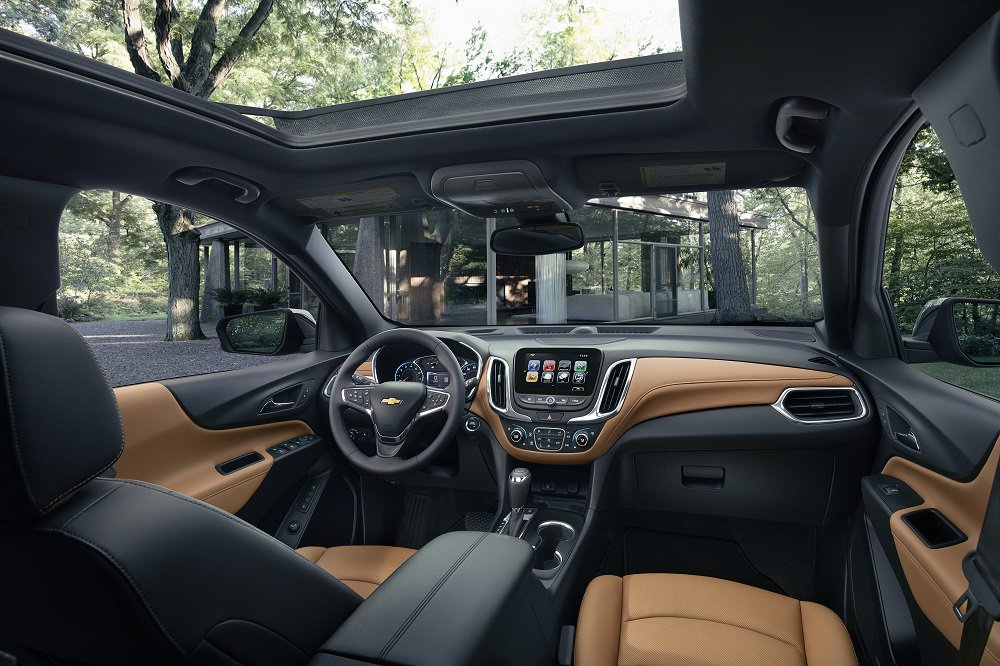
2019 Chevrolet Equinox
Inside, the Chevy Equinox is surprisingly roomy for such a small footprint, offering 40.0 inches of headroom and 40.9 inches of legroom up front, and 38.5 inches of headroom and 39.9 inches of legroom in the rear. It also checks in with 29.9 cubic feet of cargo room with the rear seats upright and 63.9 cubes with the rear seats lowered.
The Ford Edge trumps the Equinox in roominess with 40.2 inches of headroom and 42.6 inches of legroom up front, and 40.3 of headroom and 40.6 inches of legroom in the rear. While this isn’t a huge advantage, these small differences matter with taller occupants.
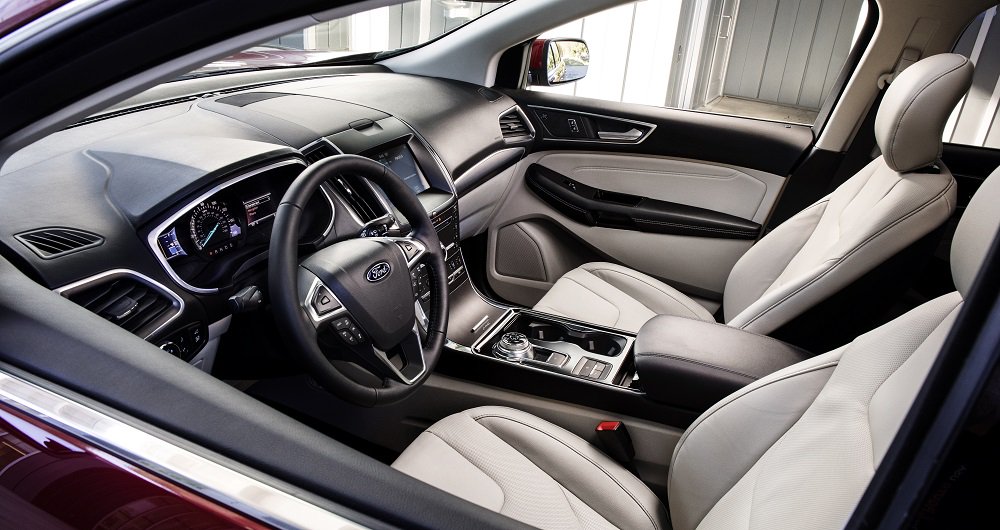
New Edge SUV lineup is Ford’s smartest ever, offering more standard driver-assist technology than any other midsize SUV and introducing to the segment new available technologies such as Post-Collision Braking, Evasive Steering Assist and Adaptive Cruise Control with Stop-and-Go and Lane Centering.
The Edge wins in cargo area too, but the gap is far more significant at 39.2 cubic feet with the rear seats up and 73.4 cubes with the rear seats folded. Keep in mind, though, the Edge is also nearly 6 inches longer than the Equinox, which could make the Ford harder to handle in tight spaces.
The Edge ST adds a bonus in interior comfort, as its bolstered front seats offer more lateral support in the corners. Though this likely won’t apply to most shoppers, it is something to consider if you like tackling corners with a little speed.
Performance

2019 Chevrolet Equinox
If the sheer number of engine options is an advantage, then the Equinox has bragging rights with three four-cylinder options. The standard powerplant is a 1.5-liter turbocharged unit that pumps out a modest 170 horsepower and 203 pound-feet of torque. This engine pairs with a six-speed automatic transmission and turns in a subpar 9.2-second 0-to-60 time.
The Equinox’s midrange 2.0-liter engine pipes in 252 horsepower and 260 pound-feet of torque. This power routes through a more advanced nine-speed automatic transmission and zips the Equinox to 60 mph in a more spirited 7.2 seconds.
Topping the Equinox lineup is a 1.6-liter turbo-diesel four-cylinder that produces 137 horsepower and 240 pound-feet of torque and pairs with a six-speed automatic transmission. This combination produces a sluggish 9.4 seconds, but its low-end torque makes it feel quicker than its numbers imply.
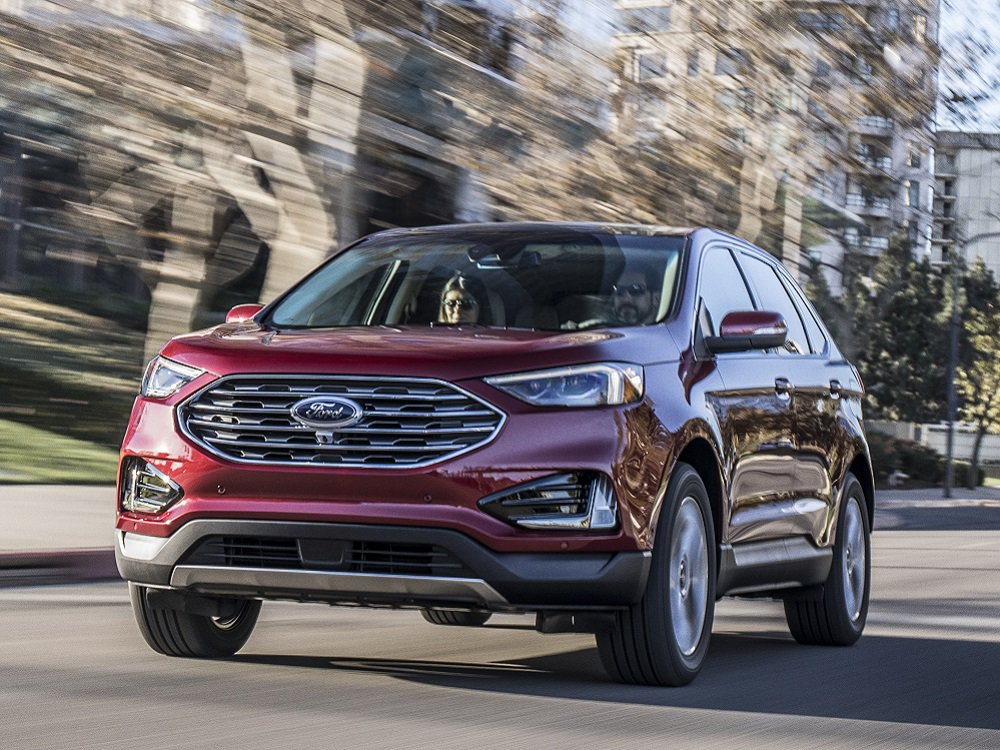
New Edge SUV lineup is Ford’s smartest ever, offering more standard driver-assist technology than any other midsize SUV and introducing to the segment new available technologies such as Post-Collision Braking, Evasive Steering Assist and Adaptive Cruise Control with Stop-and-Go and Lane Centering.
Most of the Ford Edge lineup uses a 2.0-liter turbocharged four-cylinder engine that produces 250 horsepower and 275 pound-feet of torque. This engine mates with an eight-speed automatic transmission and delivers an estimated 8-second 0-to-60 sprint time.
The only optional engine in the Ford Edge lineup is the twin-turbo 2.7-liter V-6 under the hood of the performance-oriented Edge ST. This potent V-6 pumps 335 horsepower and 380 pound-feet of torque through an eight-speed automatic transmission and standard all-wheel drive for a lively 5.7-second sprint to 60 mph.
While its acceleration is superior, the ST shines the brightest in the corners, as its upgraded suspension, brake-based torque vectoring, and larger brakes help it weave its way through a windy road. In testing, The Ford Edge ST held a respectable-for-a-crossover 0.89 Gs on the skidpad.
Fuel Economy
The Chevy Equinox’s 1.5-liter turbo four-cylinder and 1.6-liter turbo-diesel engines give it a big advantage in peak fuel economy. The base 1.5-liter delivers up to 26 mpg city, 32 highway, and 28 combined. The diesel engine cranks up the efficiency to 28 mpg city, 39 highway, and 32 combined.
Moving into the peppier 2.0-liter turbocharged four-cylinder sucks up a little more fuel, as it gets up to 22 mpg city, 29 highway, and 25 combined.
The Ford Edge can’t hang with the Equinox with its peak fuel economy checking in at 22 mpg city, 29 highway, and 25 combined with its 2.0-liter turbo engine. Despite lacking in peak fuel economy, this engine matches the 2.0-liter equipped Equinox’s mileage, giving you a larger body and roomier interior with no fuel economy tradeoff.
The Edge ST is no fuel miser, as expected. It tops out at 19 mpg city, 26 highway, and 21 combined.
Features

2019 Chevrolet Equinox
The Chevy Equinox’s base L trim is tough to find, as dealers generally stock the LS trim, but it is relatively well-equipped for its $24,995 base price. Its standard features include an acoustic windshield, heated mirrors, 17-inch aluminum wheels, 7-inch touchscreen, Apple CarPlay, Android Auto, Bluetooth audio streaming, power windows and door locks, 4G LTE Wi-Fi, and tons more.
The Ford Edge SE starts from $29,995, and it is also decently equipped with standard 18-inch wheels, LED headlights, LED daytime running lights, LED taillights, rotary gear shifter, power windows and door locks, auto-dimming rearview mirror, tons of advanced safety features, 4G LTE Wi-Fi, and more. The only area where the Edge falls short is its infotainment system, which comes standard with a 4.2-inch center screen and no Apple CarPlay or Android Auto. The $33,300 SEL adds a larger screen and advanced smartphone connectivity.
Safety
The Edge and Equinox aced all IIHS crash tests, but neither is a Top Safety Pick due to “Poor” and “Marginal” headlight tests, respectively. Both models also receive “Superior” ratings in forwarding collision avoidance, but there is one key difference: The 2019 Edge comes standard with automatic emergency braking, while the Equinox offers it as an option in only its highest trims.
In addition to standard automatic emergency braking, the Ford Edge also boasts standard blind-spot monitoring, lane-keep assist, and automatic high-beam headlights.
Which is Best for You?
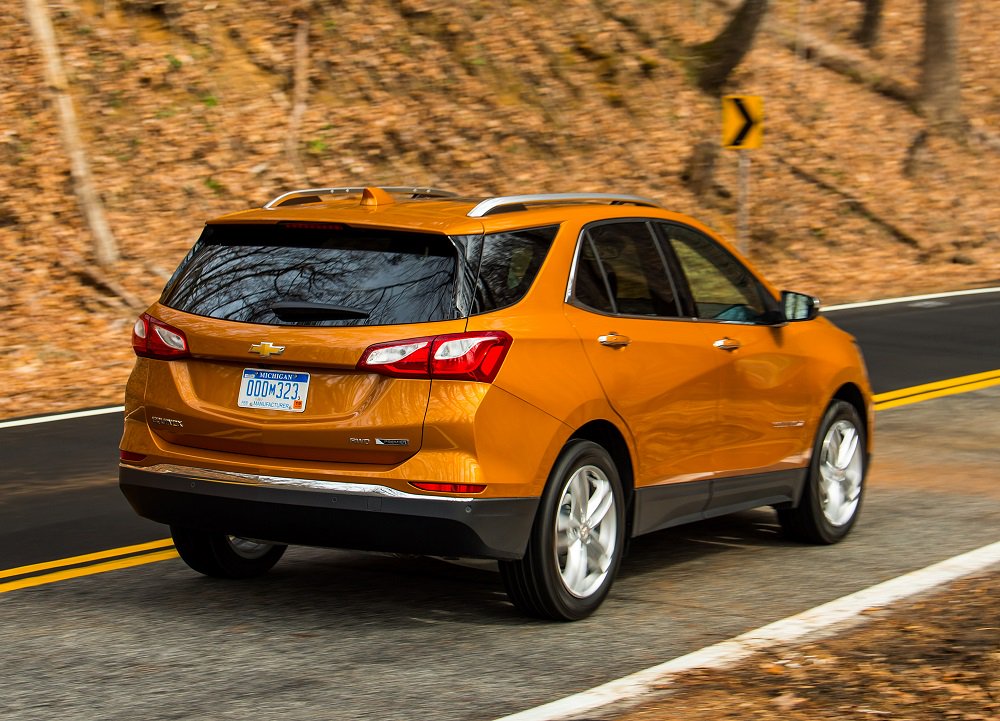
2019 Chevrolet Equinox
Buyers on a tight budget who are willing to sacrifice size and standard safety equipment for a much lower price and better efficiency, the Chevy Equinox is for you. If you are planning on getting the diesel-equipped Equinox, you may find it hard to locate one due to limited demand and inventory. In fact, demand is so low, Chevy will discontinue the Equinox’s diesel engine before the 2020 models hit showrooms.
Shoppers with taller kids or who frequently haul adults in the rear seats will find the roomier Edge the better bet. Plus, its standard safety equipment almost makes the price difference between it and the Equinox worth it. Sadly, that standard infotainment system will be a sore spot for tech-savvy younger buyers.
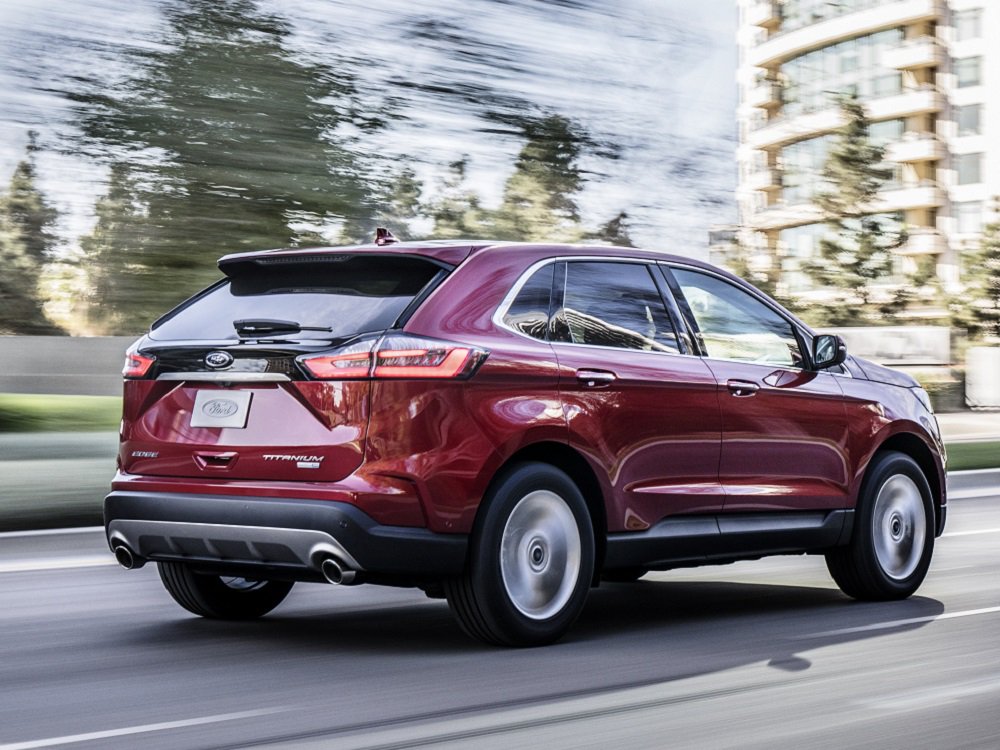
New Edge SUV lineup is Ford’s smartest ever, offering more standard driver-assist technology than any other midsize SUV and introducing to the segment new available technologies such as Post-Collision Braking, Evasive Steering Assist and Adaptive Cruise Control with Stop-and-Go and Lane Centering.
Performance shoppers who want a little fun with their family-hauling crossover have no choice but to look to the Ford Edge ST to scratch that itch. The Equinox with the 2.0-liter engine is decent in a straight line, but the ST blows it away and delivers in the curves.


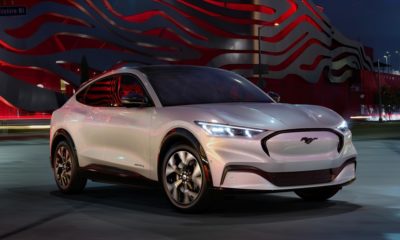

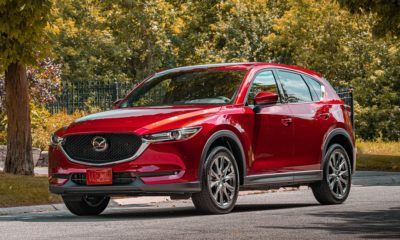
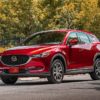
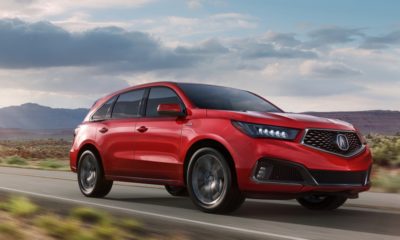






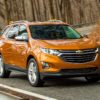




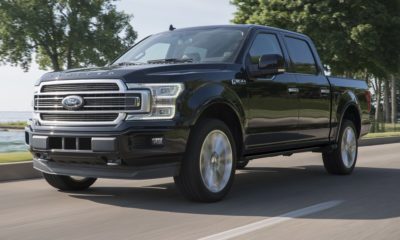
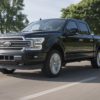
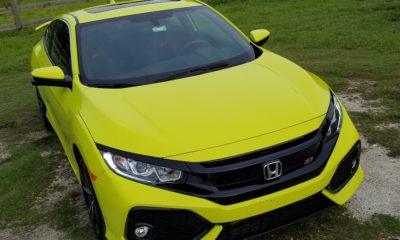



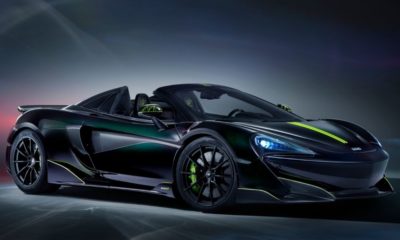
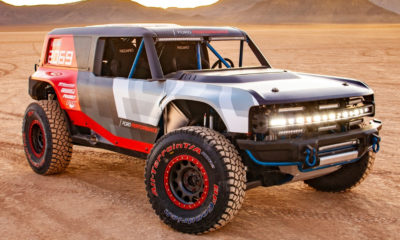
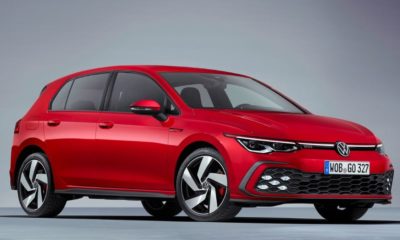


You must be logged in to post a comment Login